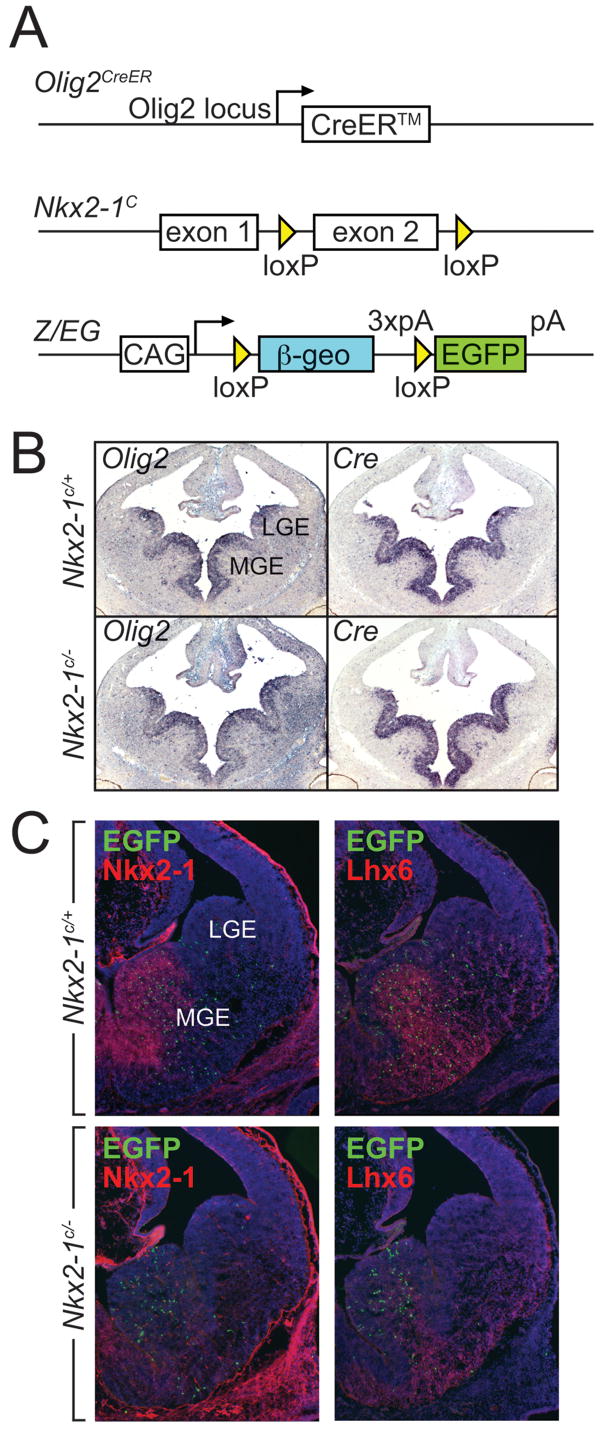Figure 1. Temporally regulated genetic fate mapping and Nkx2-1 loss-of-function in Olig2CreER precursors.
(A) The genetic strategy for examining Nkx2-1 conditional loss-of-function. while simultaneously fate mapping of MGE-derived precursors This is achieved by combineing the Olig2CreER driver with a floxed Nkx2-1 (Nkx2-1C) allele for conditional loss-of-function and the Z/EG reporter line for genetic fate mapping purposes. Expression from the Z/EG reporter line is directed from the CAG, Hybrid promoter and contains a Polyadenylation signal (pA). (B) The Olig2 locus directs the expression of the inducible form of the Cre recombinase, CreER, in Nkx2-1C/+ control and Nkx2-1C/−conditionally mutant embryos in a pattern identical to the endogenous Olig2 transcript. (C) Administration of tamoxifen (4mg) at E10.5 and concomitant activation of Cre activity results in the complete loss of Nkx2-1 from the MGE at E12.5 in Nkx2-1C/−conditionally mutant embryos and in the permanent labeling with EGFP of MGE-derived cells as they exit the ventricular zone of Nkx2-1C/+ control and Nkx2-1C/− conditionally mutant embryos. Lhx6, whose expression is directly activated by Nkx2-1 and provides a convenient postmitotic marker for MGE-derived interneuron populations, is downregulated as a consequence of the loss of Nkx2-1.

